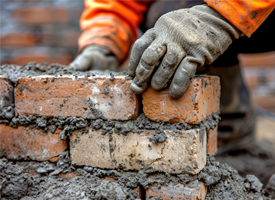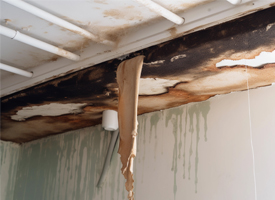
✕

End to End Renovation Solutions for your Home
 High Quality Material
High Quality Material
 In House Team of Experts
In House Team of Experts
 On Time Completion
On Time Completion
 Dedicated Engineer & Project Team
Dedicated Engineer & Project Team
 Warrant
Warrant
 Cost Transparency
Cost Transparency

GET FREE QUOTE

GET FREE QUOTE

GET FREE QUOTE

GET FREE QUOTE

GET FREE QUOTE

GET FREE QUOTE

GET FREE QUOTE

GET FREE QUOTE

GET FREE QUOTE
| Mix Ratio | Areas of usage |
| 1:6 & 1:5 | This ratio is usually used for Internal plastering of bricks |
| 1:4 | Used for Ceiling and external walls |
| 1:3 | As it's a rich mortar mix and it is used where external walls are prone to severe climatic conditions. It is also used for repair work. |
✕

End to End Renovation Solutions for your Home
 High Quality Material
High Quality Material
 In House Team of Experts
In House Team of Experts
 On Time Completion
On Time Completion
 Dedicated Engineer & Project Team
Dedicated Engineer & Project Team
 Warrant
Warrant
 Cost Transparency
Cost Transparency

GET FREE QUOTE

GET FREE QUOTE

GET FREE QUOTE

GET FREE QUOTE

GET FREE QUOTE

GET FREE QUOTE

GET FREE QUOTE

GET FREE QUOTE

GET FREE QUOTE
✕

End to End Renovation Solutions for your Home
 High Quality Material
High Quality Material
 In House Team of Experts
In House Team of Experts
 On Time Completion
On Time Completion
 Dedicated Engineer & Project Team
Dedicated Engineer & Project Team
 Warrant
Warrant
 Cost Transparency
Cost Transparency

GET FREE QUOTE

GET FREE QUOTE

GET FREE QUOTE

GET FREE QUOTE

GET FREE QUOTE

GET FREE QUOTE

GET FREE QUOTE

GET FREE QUOTE

GET FREE QUOTE


How Much Cement and Sand Required for Plastering?
Diti
✔In Progress
👁33738
Views
March 7, 2022
2022-03-07T18:49:10+00:00 2023-10-25T17:28:46+00:00Comment
3
Answers
Home Renovation
Share